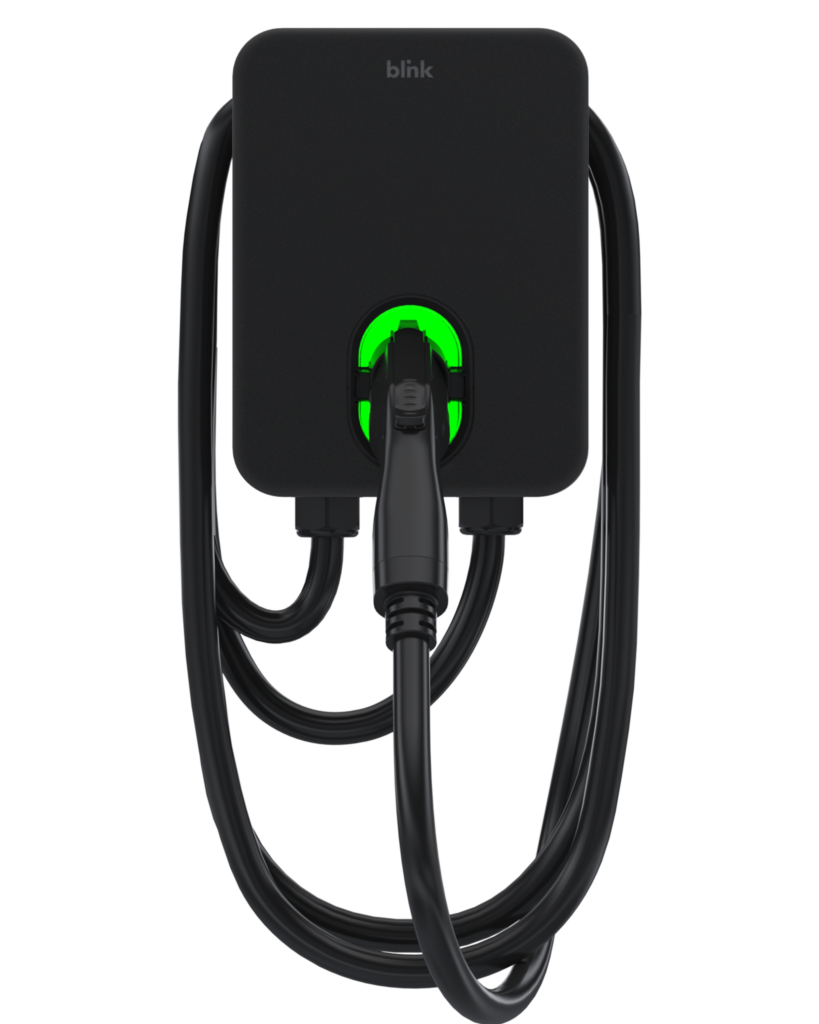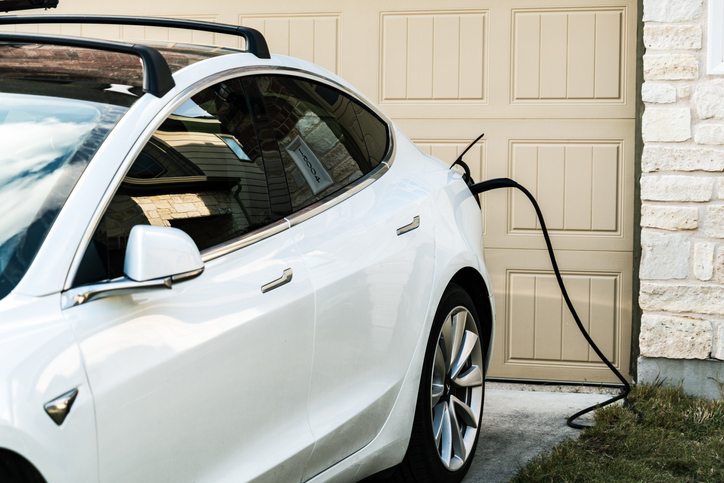No, not “ET Call Home.” EV—electric vehicle—charging at home has become as common as EVs themselves. Charging stations may pop up along highways and byways but at home charging is often the most convenient. In fact, a study from Juniper Research found that spending on EV charging at home will exceed $16 billion globally in 2026; up from $3.4 billion in 2021.

This rapid growth, more than 390% during the next five years, is being driven by the lower cost and convenience of home charging for EVs, rather than using costly and frequently inconvenient public charging networks. The research recommends that home charging vendors and automotive manufacturers form partnerships to make home-charging central to future EV transitions, given the fragmented availability and high costs of public charging networks.
By 2026, over 21 million households globally will charge using a home wall box, from just 2 million in 2021. This reflects that, while public charging networks are growing rapidly in terms of access, home wall boxes will experience very strong growth over the next 5 years.
The research found that the global hardware revenue from home charging wall boxes will reach $5.5 billion in 2026, from just $1.8 billion in 2021. The bundling of home wall boxes will incentivize users to take up specific charging points at the point of vehicle purchase. The report recommended that EV charger manufacturers focus on partnerships with car manufacturers to accelerate adoption, or they will be overtaken by better-partnered manufacturers.
The DOE (Dept. of Energy) notes that all mass-produced electric vehicles today include a 110-volt-compatible (Level 1) charging unit that can be plugged into any standard 110v household outlet. Level 1 charging provides approximately four to five miles of range per hour charged. For an eight-hour overnight charge, this will enable traveling around 36 to 40 miles which is great for people who drive less than 50 miles (80 km) a day. Most electric vehicle owners find that this meets their needs perfectly and allows them to conveniently charge their EV at home without any changes or upgrades.
However, those with long commutes or who drive for work and need more range may prefer to invest in a 240-volt, Level 2 wall-mounted charger. 240v outlets are the type you typically see for electric clothes dryers at home and are the type most installed for public charging stations. Compared with Level 1 charging, a Level 2 charge takes about half the time – providing about 180 miles of range over an eight-hour overnight charging period.
With so many EV chargers on the market, DOE points out that it is important to know what to look for. Here are a few factors to consider:
- Hardwire/plug-in: While many charging stations need to be hardwired and cannot be moved, some modern models plug into the wall for additional portability. However, these models may still need a 240-volt outlet for operation.
- Length of cable: If the chosen model is not portable, it is important to make sure the car charger is mounted in a place that enables it to reach the electric-vehicle port. Be mindful that other EVs maybe need to be charged with this station in the future , so make certain there’s some flexibility.
- Size: Because garages are often tight on space, seek an EV charger that is narrow and offers a snug fit to minimize the intrusion of space from the system.
- Weatherproof: If the home charging station is being used outside of the garage, search for a model that is rated for use in the weather.
- Storage: It is important not to leave the cable hanging loosely while it’s not in use. Try to find a home charger with a holster that holds everything in place.
- Ease of use: Be mindful to choose a model that is easy to use. There is no reason not to have a charging station with a smooth operation to get the car plugged in and disconnected.
- Features: There are charging stations that allow the scheduling charging operation for times when electricity is cheaper. Some models can also be set up to resume charging automatically when the power comes on should an outage occur. In some cases, charging station operations can be synced through a smartphone app.
- UL Listed: This important safety designation should never be overlooked. Make sure the charger you buy contains the important seal.
Another consideration is how a user uses the charger. Charging sessions with DC Fast chargers usually have a time limit—they stop charging at the faster rate when the car hits around 80% capacity. Not only is it a waste of time and money to fully charge using a Fast charger, charging to 100% on a regular basis with any charger hurts battery life.

Home-charging vendor Blink, for example, has multiple units available that meet or exceed specifications for home chargers. The HQ 200 features 50 amps of output and makes at-home charging easy and fast. The HQ 200 Advanced is equipped with vehicle-to-grid and load-sharing technology which allows multiple EVs to charge at home on a single, shared circuit. The HQ 200 Advanced charger is considered “smart-home ready.”
Blink’s DC Fast Wall 50 kW, another available model, is a compact, high-performance, and easy-to-install charger with up to 150 amps of output. Packing the power of DC fast charging into a smaller, sleeker wall-mounted charger, the DC Fast Wall 50 kW is the size of a flatscreen TV – a fraction of the size of typical DC fast chargers – and features a new vehicle-to-grid technology capable of dynamically balancing energy demand with supply. It comes as both a wall-mountable or pedestal solution and can charge two cars simultaneously.
Want to tweet about this article? Use hashtags #construction #sustainability #infrastructure


